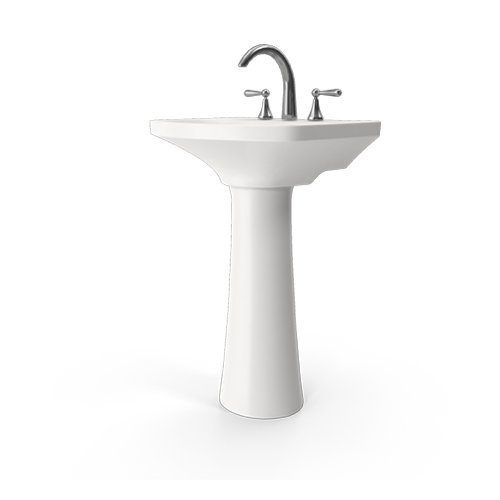Green Plumbing: Tips for Saving Water and Energy
Water is one of our most valuable resources, and plumbing is one of the biggest users of water in the home. Making small changes to your plumbing can have a big impact on water conservation.
Here are some tips for making your plumbing more efficient and saving water.
Turn off the water while brushing your teeth or shaving.
Saving water and energy doesn’t have to feel like a chore – incorporating easy steps like turning off the tap while brushing your teeth or shaving can be an effective way to practice green plumbing. Next time you are in the bathroom, give it a try. Sure, leaving the tap running for a few extra seconds may not seem like much, but depending on how often you do it, those extra moments can really add up! By making such a small change in your habits – regardless of where you live or what types of fixtures you use – you will be well on your way to becoming more mindful of conserving water.
Fix any leaks in your plumbing as soon as possible – even a small drip can waste a lot of water.
Saving water and energy by utilizing green plumbing practices can make a huge difference to the environment. One simple, yet highly important habit that should be kept up with is fixing any leaks one finds as soon as possible. Even a small drip can easily rack up to a high expenditure of water and money. That’s why it’s wise to investigate any squeaks, drips, or other signs of leakage around your home. Then you can take the steps necessary to repair those damages, preventing such wasteful waste of precious resources and money. By taking the time and effort to resolve any plumbing issues that may occur, one will ultimately be saving both eventually.
Install low-flow shower heads and toilets to save water.
When it comes to saving water and energy, installing low-flow shower heads and toilets can make a huge difference. Not only do they reduce your water usage, but they also save you money eventually as they are more energy efficient than traditional models. Low-flow shower heads are designed with an aerating feature that adds air to the water stream, which increases pressure while using less water. In addition, toilets equipped with this technology use significantly less water per flush than those of the past. Installing these fixtures in your home can help you stay green and conserve natural resources such as fresh water for future generations.
Use cold water for laundry instead of hot – it uses less energy and is just as effective.
Knowing which laundry techniques are green can save you money and energy while still providing clean clothes. Cold water washing is one of the easiest ways to make a difference in your plumbing – it’s cost-effective and uses significantly less energy than hot water, yet still accomplishes the same result. Additionally, many detergents are designed to be used with cold water and soaps and other such agents won’t dissolve as effectively in hot follow. Using cold instead of hot can reduce energy bills while still giving clean, fresh clothes!
Don’t let the tap run while you’re washing dishes – fill up the sink instead.
With the world facing a global water crisis and growing sustainability concerns, there are more reasons than ever to adopt green plumbing practices. One of the easiest changes everyone can implement is to avoid leaving the tap running while washing dishes – instead, fill up the sink with warm soapy water and make maximum use of it. Not only does this cut down on water waste, but because soap and warm water can work its way into crevices more efficiently than cold water, it’s also a more effective cleaning method. Taking a few minutes to fill up the sink when doing dishes can make a big difference in saving energy and preserving our precious resources.
Collect rainwater in a barrel to use for watering plants or washing the car.
Why not take advantage of Mother Nature’s free water resource? Collecting rainwater in a barrel is an easy way to save on water and energy costs while also reducing your environmental footprint. Storing rainwater can be used for everything from watering plants and washing the car, to even cleaning outdoor surfaces or filling a pool. Of course, you should make sure that the barrel is tightly sealed to prevent any contamination and use the collected water based on local regulations. So, why not put those rainy days to good use with a little DIY project? Setting up a rainwater barrel may just be the perfect solution for your household needs!
In conclusion, reducing water and energy waste doesn’t have to be a daunting task. By following just a few simple tips like turning off the tap while brushing your teeth, investing in rain barrels to collect water for non-potable uses, or choosing cold water for laundry, you can help conserve these vital resources. Not to mention that green plumbing practices can save you money eventually. So, why wait any longer? Get started on the path of water saving with green plumbing practices today!



